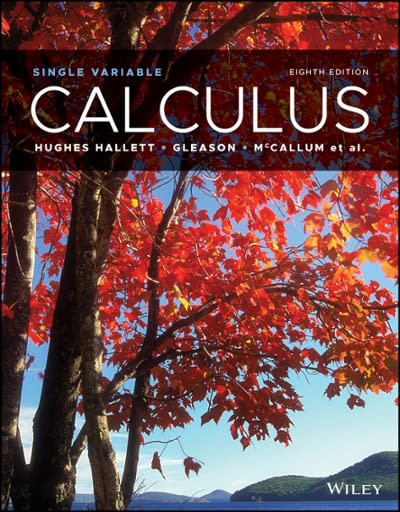Answered step by step
Verified Expert Solution
Question
1 Approved Answer
**This is timed. Don't take longer than 90 min to answer** Question list K To compare the dry braking distances from 30 to 0 miles






**This is timed. Don't take longer than 90 min to answer**








Step by Step Solution
There are 3 Steps involved in it
Step: 1

Get Instant Access to Expert-Tailored Solutions
See step-by-step solutions with expert insights and AI powered tools for academic success
Step: 2

Step: 3

Ace Your Homework with AI
Get the answers you need in no time with our AI-driven, step-by-step assistance
Get Started


